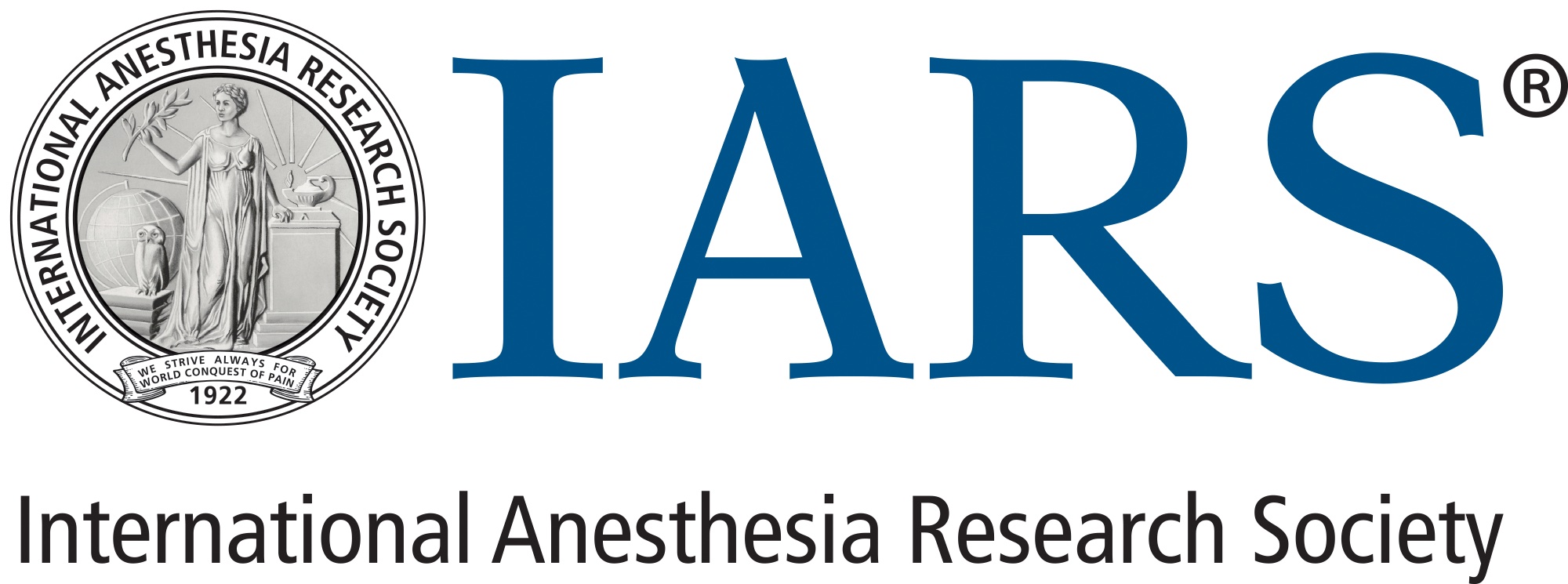We Have Liftoff: Aerospace Medicine and Anesthesiology
Connor Brenna, MD
Strap into your cryopod, because anesthesiology and aerospace medicine are embarking —together — on an exciting journey to the moon. Collaborations between anesthesiologists and aerospace researchers can advance medical care, both on Earth and in space. The session, “Aerospace Medicine and Anesthesiology: Overlapping Physiology and Research Opportunities,” held on Friday, March 21, at the 2025 Annual Meeting, presented by IARS and SOCCA, showcased the dynamic relationship between these two disciplines.
Because it is difficult to power a clinical trial when “astronaut” is an inclusion criterion, spaceflight researchers often rely on analogs: terrestrial environments, ranging from the Arctic Circle to the ocean’s depths, which can simulate some of the conditions in space. In the presentation, “The Perioperative Period as a Spaceflight Analog Environment,” Julia Scarpa, MD, PhD, a physician-scientist and Van Poznak Research Scholar in the Department of Anesthesiology at New York Presbyterian Hospital – Weill Cornell Medical College, highlighted how anesthesiology and perioperative care serve as an even more accessible analog to space medicine. The analogy begins with physiology: exposure to microgravity in space results in physiological changes such as anemia, vasodilation, muscle atrophy, stress, and sleep or mental health disorders. These effects mirror those experienced by surgical or critical care patients due to illness, anesthesia, surgical stress, and radiation exposure. As a result, anesthesiologists are well-positioned to study what impacts spaceflight might have on each organ system by finding their analog in our perioperative patients.
The analogy extends to medical technology. In a 2023 paper, “Space Exploration as a Catalyst for Medical Innovations,” Dr. Scarpa and colleagues explored how technologies developed for space missions can enhance our understanding of complex physiology on Earth. Tools like biosensors, wearable monitors, and noninvasive simulations, all developed to meet the unique demands of spaceflight, are also valuable in critical care situations on Earth. Spaceflight constraints push for reliable, but portable, medical equipment — attributes which are also important for patient transfers, or the provision of care in rural and remote areas. In addition to finding efficient ways to provide quality care, our fields share a stake in innovations that can improve performance and wellness, as both anesthesiologists and astronauts need to be able to make crucial decisions while working long hours in small teams and high-pressure environments.
Another common challenge between anesthesiology and spaceflight medicine is “the knapsack problem” of resource allocation. Whether you are responding to an emergency call from another part of the hospital, providing anesthetic care outside the operating room, or preparing a spacecraft for launch, there is a fixed limit on the amount of equipment you can take with you on your journey. Ariana Nelson, MD, an associate professor of anesthesiology in the division of pain medicine at the University of California, Irvine, discussed how decisions about medical care in routine settings can inform decision-making in austere environments, in the presentation, “Resource Allocation & Capability Development for Lunar and Terrestrial Medical Care.”
Anesthesiologists often work through the knapsack problem implicitly to determine the physical resources and capabilities necessary to care for a patient in a given environment. This approach is also integrated into a NASA-developed tool suite called Informing Mission Planning via Analysis of Complex Tradespaces (IMPACT), which helps mission planners determine what medical equipment to include in a spacecraft’s limited cargo. IMPACT draws on a detailed reference library to estimate medical risks, considering the incidence rates of various health complications among astronauts, their worst- and best-case scenarios, and their impact on three key metrics: loss of crew life, the need for medical evacuation, and task time lost. These outcomes guide mission planners in prioritizing which conditions to prepare for, weighting those three metrics against each other according to the nature of each mission. For instance, a mission to Mars would give a higher priority to the onsite management of conditions that could otherwise require evacuation, because swift medical evacuation is not (currently) feasible.
Just as anesthesiologists need to foresee and prepare for both expected and unexpected risks, IMPACT uses this probabilistic risk analysis to help mission planners choose what medical supplies to pack. Dr. Nelson shared an example from a hypothetical 30-day lunar mission, for which there would only be enough room for 150 liters and 50 kg of medical equipment. According to IMPACT, the most likely medical events on the mission include lunar dust exposure, insomnia, and spacesuit-related injuries. However, the conditions posing the greatest threat to crew life include spacesuit-related decompression sickness, respiratory failure, and pyelonephritis. Meanwhile, the most common reasons for medical evacuation would be wrist fractures and foreign bodies in the eye. And, for lost task time, spacesuit-related shoulder injuries and extremity sprains would predominate. To maximize astronaut safety based on the probabilities of each risk, IMPACT helped to suggest a kit of pharmaceuticals (the largest share by mass), devices (the largest share by volume), hygiene supplies, and other instruments.
Because IMPACT is based on current equipment and evidence, it will evolve as technology progresses (e.g., spacesuit-associated risks may be different with newer spacesuit designs). Mission planning also benefits from the fact that astronauts are typically in excellent physical condition, but as commercial space travel becomes more widely available, future models will need to consider the risks for travellers with preexisting health conditions. Dr. Nelson hinted that other future updates to the tool will need to address more complex mission profiles, and account for the longevity and resupply of equipment left on distant celestial bodies. That is good news for anesthesiologists looking to expand their horizons — there is no shortage of exciting work to be done in this space.
International Anesthesia Research Society
